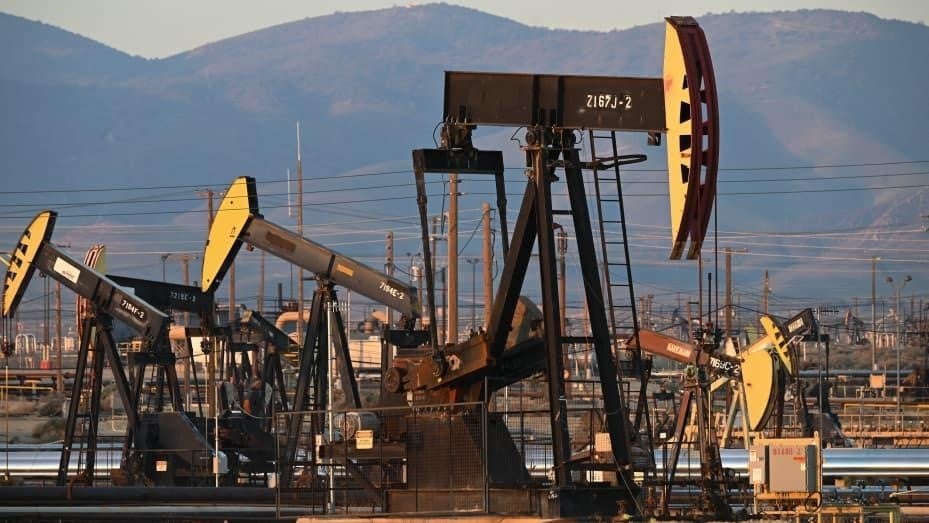Crude oil prices rose again in the morning session of April 9th after talks between Israel and Hamas failed to yield the expected results.
 |
| The South Belridge oil well in Kern County, California, USA. (Source: CNBC) |
Brent crude futures rose 28 cents to $90.66 a barrel. US West Texas Intermediate (WTI) crude rose 21 cents to $86.64 a barrel on the morning of April 9.
On April 8, a new round of ceasefire talks between Israel and Hamas in Cairo ended a multi-session rally, causing Brent crude to fall for the first time in five trading sessions ($90.21/barrel, down 0.72%) and WTI crude to fall for the first time in seven sessions ($86.02/barrel, down 0.76%).
However, Israeli Prime Minister Benjamin Netanyahu stated that Israel has set a time for an attack on the city of Rafah in Gaza. According to IG market analyst Tony Sycamore, this “ends expectations of a reduction in geopolitical tensions in the region.”
On the morning of April 9, Hamas stated that the Israeli proposal they received from Qatari and Egyptian mediators did not meet any of the Palestinian demands. However, Hamas affirmed that they would study the proposal before responding to the mediators.
The market continues to weigh the risk of oil supply disruptions. ANZ analysts said that Iran's retaliation following the alleged Israeli attack on its consulate in Syria "could drag the oil market into conflict, after much of it remained unaffected since the Hamas attack on Israel."
According to the Tehran Times on April 5, Iran has vowed retaliation after an airstrike killed two of its generals and five military advisers in Damascus, although Israel has not yet claimed responsibility for the attack.
Meanwhile, ANZ analysts said other, larger factors are supporting oil prices. Data released on April 8 showed that India's fuel demand reached a record high for fiscal year 2024 due to increased consumption of petrol and jet fuel. Improved manufacturing activity in China is also expected to boost fuel demand.
This week, markets will be watching inflation data from the US and China for further clues about the economic direction of the world's two leading oil-consuming nations.
In the Americas, Mexico's state-owned oil company Pemex said it would reduce crude oil exports by 330,000 barrels per day to better supply its domestic refineries, cutting available supplies to buyers in the U.S., Europe, and Asia by a third.
Source












































































































Comment (0)